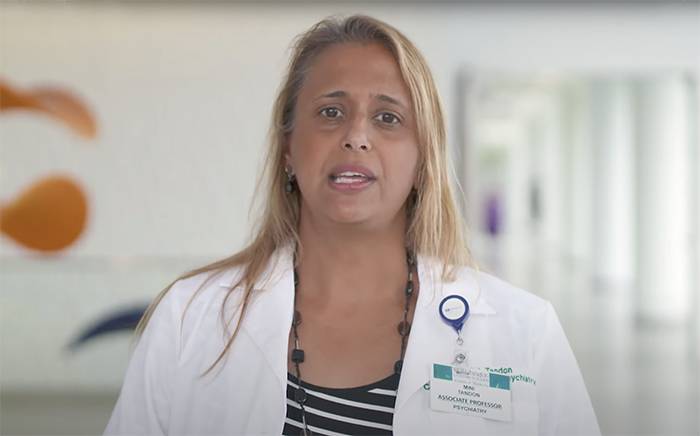Your child has autism spectrum disorder. Now what?
Autism spectrum disorder (ASD) awareness has grown since experts began closely studying its prevalence nearly 20 years ago. More parents than ever are aware of ASD and its symptoms, but hearing your child has the disorder can be scary. Learning more about what to expect after an ASD diagnosis can help set your mind at ease.
First Things First
No matter where children with ASD are on the spectrum, starting supportive services as soon as possible after diagnosis is key. The earlier interventions begin, the better their long-term results, according to Natasha Marrus, MD, PhD, a Washington University child psychiatrist at St. Louis Children’s Hospital.
If your child is younger than three, your family may receive a referral to Missouri First Steps, an Early Intervention Program available through the Missouri Department of Elementary and Secondary Education or Illinois Early Intervention Services, which is available through the Illinois Department of Human Services. You can contact First Steps or your local Child and Family Connections office directly if you have concerns about your child’s development. If a child is older than age three, the process is a bit different. Parents of preschool- and school-age children can contact their child’s school district to see what types of low- or no-cost services may be available.
“Many parents are surprised to learn that help is available through local school districts and county agencies,” says Valerie Welch, MD, pediatrician at Washington University Clinical Associates West Side Pediatrics. “School districts, for example, provide physical, occupational and speech therapies. They also offer an individualized education plan (IEP) that puts into writing the different types of personalized accommodations and assistance students with ASD will receive to improve their behavior and communication skills.”
Families in Missouri can also find help at the State of Missouri-Washington University Autism Clinical Center. The center’s team includes psychiatrists, behavior analysts and neuropsychologists. These providers diagnose ASD and work together to develop therapy plans. Treatments may include applied behavioral analysis, which helps children advance their communication and learn acceptable behaviors, as well as physical, occupational or speech therapy.
“Our goal is to get to know each child and develop treatment plans based on personal strengths and weaknesses,” Dr. Marrus says. “We also conduct genetic testing to see if there are any syndromes or underlying medical conditions that may be linked to the diagnosis.”
One Step at a Time
There’s no rule book for raising a child with ASD. Likewise, ASD doesn’t follow a set course—as children grow and develop, their needs and abilities may change.
“One common misconception parents have is that their child is always going to have the same behavioral or sensory issues,” Dr. Welch says. “They will continue to have repetitive behaviors and communication issues, but those issues will change year by year. A child may have an obsession with tags on their clothing, but over time, they become tolerant to tags. They don’t outgrow their autism, but the way it looks can change as a result of growth, development and interventional therapies.”
Remaining your child’s biggest advocate and not being shy about making your family’s needs known can make a huge difference in your child’s progress.
“It’s a step-by-step journey,” Dr. Marrus says. “A big part of the process is advocacy. Families who, I think, have had the best outcomes work together as a team and get help from people outside of their family who also advocate for their kid and others like him or her. Getting the accommodations your child needs can be hard, but reaching out is important and can make the journey much smoother.”
Ready to learn more? Call the St. Louis Children’s Hospital Family Resource Center at 314.454.KIDS (5437) and press “5” to have information on autism spectrum disorder sent to you.




